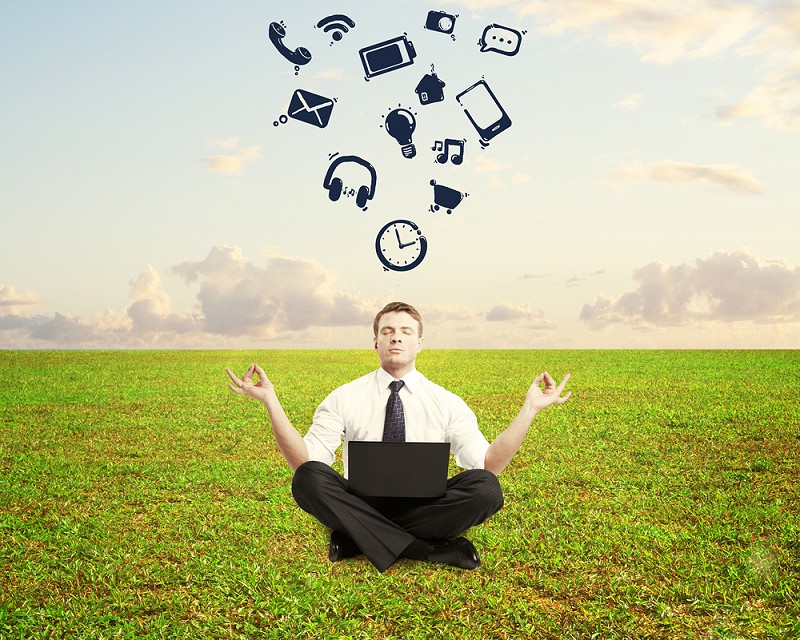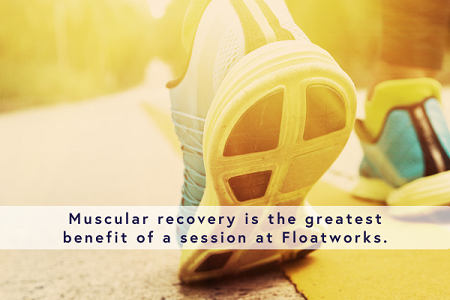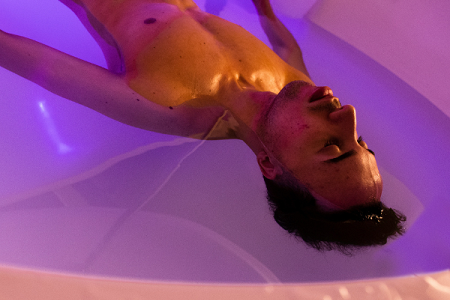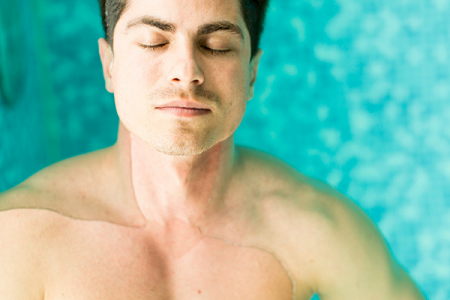When mindfulness meets technology
With the recent boom in mindfulness apps, is tech really helping to make people’s lives calmer and happier?

Technology is disruptive by its nature. With each advancement – from the telephone to the computer; the smartphone to the wearable activity tracker – we’ve been forced to shift the way we live our lives.
On one hand it’s enhanced our ability to communicate with the world. But as a byproduct, it’s made shutting out external distractions and focusing on ourselves extremely difficult.
That’s where reconnecting your mind and body through mindfulness can make the difference – something technology is gradually beginning to remedy rather than complicate.
As @TheAndrewTracey here testifies, there’s been a groundswell of interest in the art of mindfulness in recent years to help combat the pressures of modern life.
@jazzyflintz I already practice mindfulness. Massively helpful if you’re a busy/ stressed person!
— The Nomad Way (@TheAndrewTracey) 24 August 2016
Science supports these claims. A recent study from Taiwan, which was picked up by Harvard Health Publications has shown practicing mindfulness can help you sleep better, be happier and feel less stressed.
Now, in a similar way that companies such as Fitbit and Jawbone made self-monitoring activity more mainstream, wearable technology start-ups are leading the charge in mindfulness technology and putting the tools you need to practise it at your fingertips.
Spire, designed by Stanford University’s Calming Technologies Lab, is one of the next generation of mindful wearables. It’s designed like a smooth stone which clips to your belt and measures your breathing patterns, with steps taken to pinpoint your tension levels.
It syncs with an app to send you gentle reminders and notifications when you’re getting wound up, along with cues on better breathing techniques that are claimed to help cut your stress levels in half.
Phone apps such as Headspace and Sleep Cycle have also proven popular at helping reclaim a morsel of peace and respite.
UK-founded app Headspace – described as “a gym membership for the mind” – provides guided meditation sessions and mindfulness training and is said to be used by over six million people worldwide.
Instead of helping you find calm during the day like Headspace, Sleep Cycle works during the night, monitoring your sleep-based movement patterns and helping rouse you during your lightest sleep phase, so you start the day on the right side of the bed.
These gadgets and apps are paving the way for mindfulness to be taken far more seriously – both commercially by brands, and personally by consumers – but how can you ever truly switch off when the device that’s causing this overstimulation is constantly in the palm of your hand?
@Floatworks excited about coming for a float tonight! #relaxation #floatation #health #metime
— Lucy Dancer (@Lucymdancer) 22 August 2016
Along with @Lucymdancer, athletes, sportsmen and women, celebrities and everyday working professionals are turning to the powers of floating to balance out their hectic lifestyles.
Just one session can help reduce the production of the stress hormone cortisol, according to studies carried out by Laureate Institute for Brain Research in America.
Short-term, it can mean unloading all that pent-up pressure of deadlines and office politics. Long-term it could shave your risk of a host of health issues linked to high stress, including weight gain, heart attacks and depression.
And now developments in the technological hardware behind floatation is allowing for its use to be more widespread, accessible and affordable than ever before.
Have you begun a journey of self-discovery? Check out our latest floating offers to find out firsthand how floating will help you become more mindful…
Tweet us @Floatworks and let us know how you got on…










